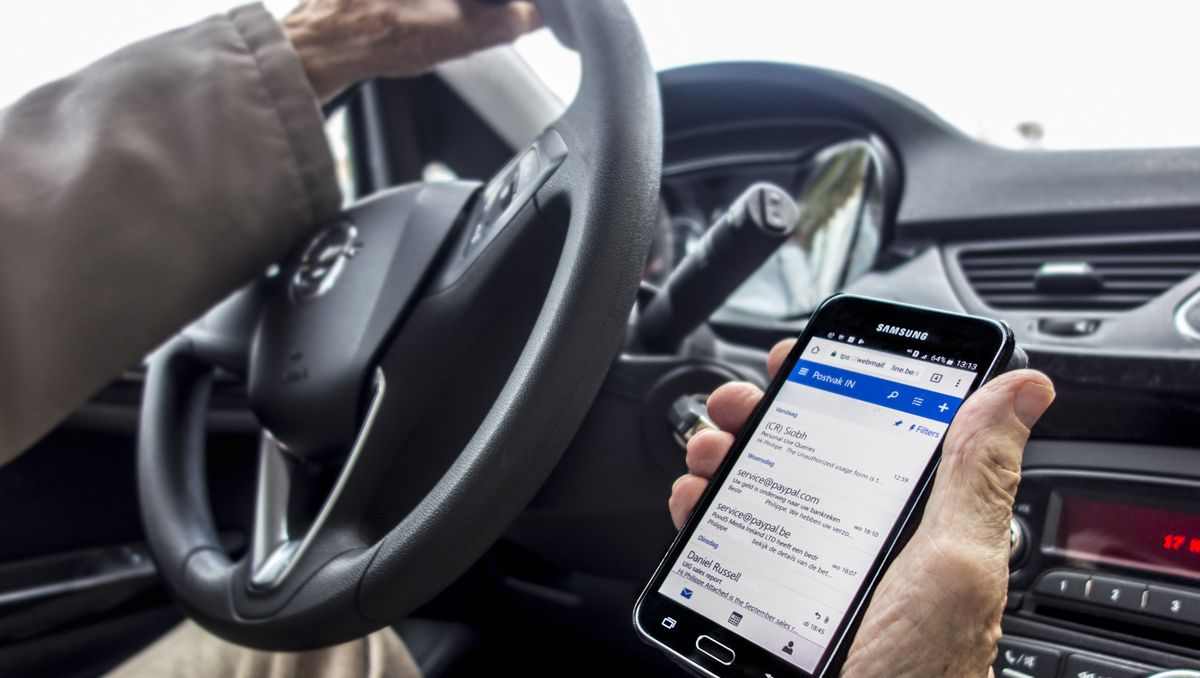Tackling distracted driving: Smartphones as the solution

Distracted driving has emerged as a critical issue in the 21st century, with a world of connectivity literally at our fingertips or mounted on the dashboard while we navigate the roads.
Contemporary vehicles are not necessarily contributing to the reduction of these distractions, given that manufacturers are pushing for ever-larger infotainment screens. These distractions are not merely a vague concern conjured by anxious regulators; in fact, a staggering 84% of individuals confess to using their smartphones while driving, and research reveals that operating infotainment screens demands more time compared to traditional physical buttons.
According to the National Highway Traffic Safety Administration, distracted driving accidents claimed the lives of more than 3,000 individuals in 2021, constituting roughly 9% of the annual traffic fatalities in the United States. The Insurance Institute for Highway Safety posits that the actual figure could be three times higher, as surviving drivers rarely admit to using their cell phones after a collision. Even more disheartening, accident investigators are not always able to determine whether deceased occupants were distracted prior to the crash. However, the manner in which we interact with our smartphones while driving can also serve as a primary defense against accidents, as elucidated by Ian Reagan, Senior Research Scientist at IIHS. From features like “Do Not Disturb” to voice-activated navigation, smartphones have the potential to alleviate the burden on drivers, noted Reagan. Moreover, the smartphone industry is keen on being part of the solution, whether for technological advancement or liability considerations.
“A report from IIHS states that ‘Regulators and safety advocates are beginning to engage with tech companies the way IIHS has always engaged with automakers—pushing manufacturers to make numerous improvements well before they’re required by law,'” the report reads. “Alongside IIHS and several other non-profits, governmental bodies, and academic institutions, Google is a member of the steering committee of the National Distracted Driving Coalition, which recently demonstrated technologies with the potential to combat distraction, while several smaller tech firms are involved in the group.” But what precisely can smartphones do beyond locking users out and blocking calls while driving? Researchers at IIHS suggest that “Do Not Disturb” modes and limiting infotainment screen functionality are just the beginning. For instance, the United States could follow Europe’s example by mandating intelligent speed assistance (a system that notifies drivers when they exceed the speed limit) via individual smartphones.
While this might not allow for more personalized alerts, it could significantly expedite the process of equipping vehicle fleets with this proven safety feature. Specifically, IIHS states that employing Google and Apple maps could enable the swift implementation of this statistically validated safety measure.
In recent news, Michigan has enacted a ban on holding phones or other electronic devices while driving.
A capable front-facing camera is now a standard feature in every modern smartphone, and IIHS suggests that these cameras could provide protection to drivers of older vehicles. With a growing federal focus on automatic emergency braking and forward collision warnings, the institute proposes that smartphone cameras could serve as a makeshift forward collision warning system. A federally sanctioned, phone-based collision warning system could bridge the gap until drivers can upgrade their vehicles, with such warnings estimated to reduce rear-end collisions by approximately 27%.
Whether or not these safety features come to fruition, IIHS has also put forth the concept of expanding an existing safety net offered by insurance companies. Many insurers presently offer an optional driving behavior tracking system that rewards safe drivers with reduced premiums. At first glance, this technology may seem somewhat intrusive, but IIHS suggests it could help reform hazardous drivers in a less punitive manner. Rather than suspending licenses or imposing hefty fines, the institute proposes monitoring the behavior of infringing drivers to incentivize better habits or record subsequent violations.





